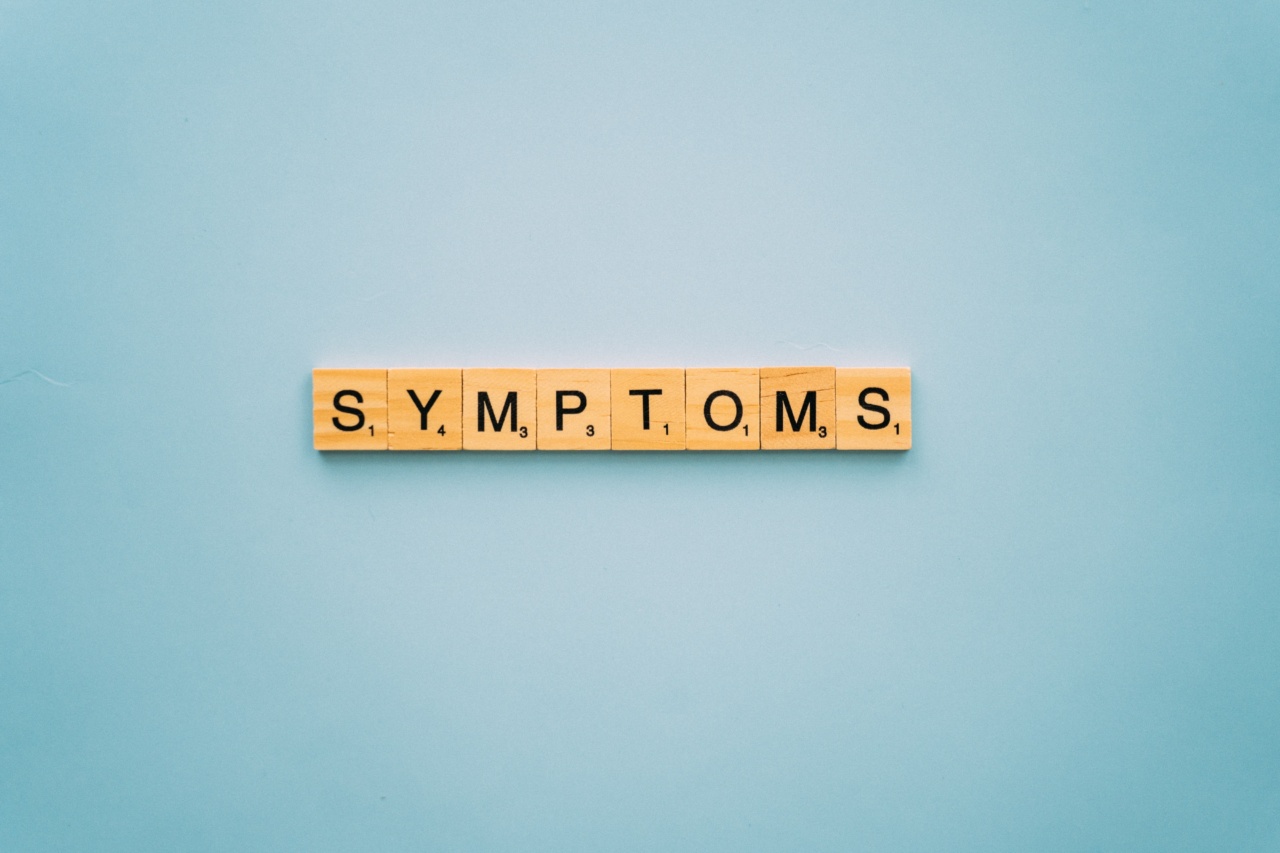Lupus, or systemic lupus erythematosus (SLE), is a chronic autoimmune disease that can affect various organs in the body. It occurs when the immune system attacks healthy tissues and leads to inflammation and tissue damage.
Lupus can be difficult to diagnose since it can mimic many other conditions, and its presentation can vary greatly among patients. In this article, we will discuss the clinical signs and symptoms of lupus using a visual guide.
Facial Rash (Malar Rash)
One of the most common signs of lupus is the butterfly-shaped facial rash that appears across the nose and cheeks. This rash, also known as a malar rash, can range from mild to severe and usually appears or worsens after sun exposure.
It is important to note that not all patients with lupus develop this rash, and it can occur in other conditions as well.
Fatigue
Another common symptom of lupus is fatigue, which can be debilitating and affect a patient’s daily life. Lupus-related fatigue is usually different from normal tiredness and can worsen with physical or mental activity.
Fever
Fever is a common symptom of lupus and can be a sign of disease activity. Lupus-related fever can be low-grade or high-grade and persistent or intermittent.
Joint Pain and Stiffness
Joint pain and stiffness, also known as arthralgia or arthritis, are common symptoms of lupus. They usually affect the small joints of the hands and feet but can also affect larger joints such as the knees and shoulders.
Lupus-related joint pain can be symmetric or asymmetric and migratory or continuous.
Skin Lesions
Lupus can cause various types of skin lesions, including discoid lupus erythematosus (DLE), subacute cutaneous lupus erythematosus (SCLE), and bullous lupus. DLE appears as red, scaly patches and can cause scarring and pigment changes.
SCLE appears as red, scaly, and ring-shaped lesions and is often photosensitive. Bullous lupus appears as blisters and can be painful and itchy.
Raynaud’s Phenomenon
Raynaud’s phenomenon is a condition in which the fingers and toes turn white or blue in response to cold or stress. It is common in lupus and can be a sign of poor circulation or damage to blood vessels.
Photosensitivity
Photosensitivity is a common symptom of lupus and can cause skin rashes, joint pain, and fatigue after sun exposure.
Patients with lupus should avoid direct and prolonged sun exposure, wear protective clothing and hats, and use broad-spectrum sunscreen with a high sun protection factor (SPF).
Organ Involvement
Lupus can affect various organs in the body, including the kidneys, lungs, heart, and brain. Lupus-related kidney disease, also known as lupus nephritis, can cause proteinuria, hematuria, and kidney failure.
Lupus-related lung disease can cause pleuritic chest pain, shortness of breath, and cough. Lupus-related heart disease can cause chest pain, palpitations, and pericarditis. Lupus-related brain disease can cause seizures, headaches, and cognitive dysfunction.
Hematologic Abnormalities
Lupus can affect the blood cells and cause various hematologic abnormalities, including anemia, leukopenia, and thrombocytopenia. Anemia is a condition in which there is a low number of red blood cells and can cause fatigue and shortness of breath.
Leukopenia is a condition in which there is a low number of white blood cells and can increase the risk of infections. Thrombocytopenia is a condition in which there is a low number of platelets and can increase the risk of bleeding.
Conclusion
Lupus can present with a wide range of clinical signs and symptoms, and its diagnosis requires a careful evaluation of the patient’s medical history, physical examination, laboratory tests, and imaging studies.
Early diagnosis and treatment can improve the patient’s quality of life and prevent organ damage and complications.


























